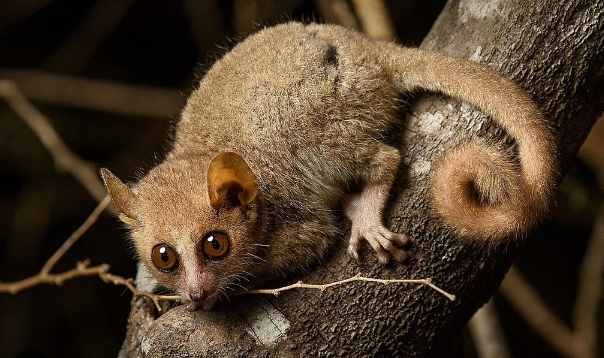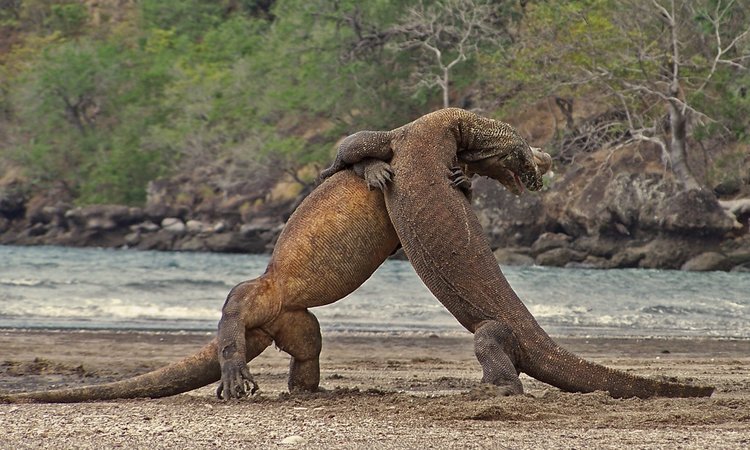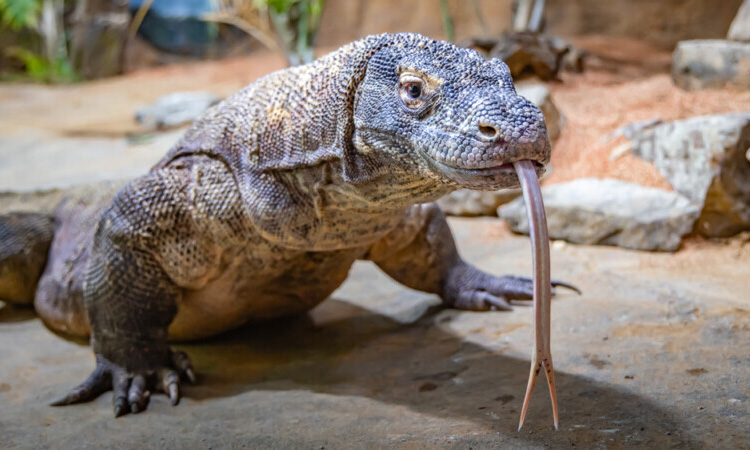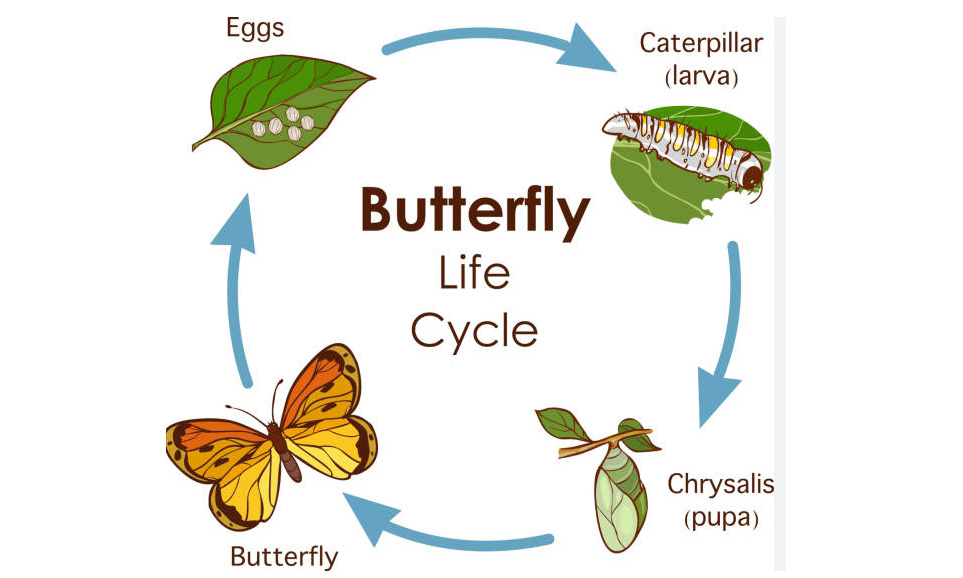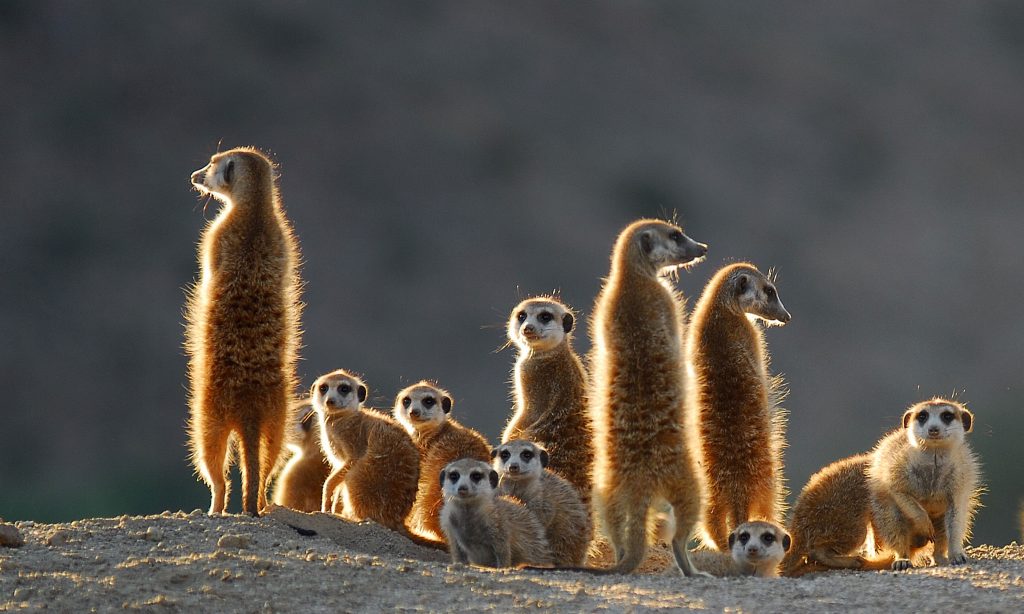The lemurs of Madagascar have captivated the hearts of people all over the world with their unique characteristics and playful antics. Among them, the Lemur Grey stands out as one of the most beloved primates on the island.
Distinctive Features
The Lemur Grey, also known as the Grey Mouse Lemur, is a small primate with a fluffy grey coat and large round eyes. They have a long bushy tail that helps them maintain balance as they leap from tree to tree.
Natural Habitat
These charming creatures are native to the forests of Madagascar, where they live in large family groups known as troops. They are arboreal animals, spending most of their time in the treetops foraging for food and evading predators.
Diet and Behavior
Lemur Greys are omnivores, feeding on a diet of fruits, insects, and small reptiles. They are highly social animals, communicating with each other through a series of vocalizations and scent markings. They are also known for their acrobatic abilities, leaping effortlessly from branch to branch.
Conservation Status
Despite their popularity, Lemur Greys are facing threats from habitat loss and hunting. The destruction of their forest homes and the illegal pet trade are major concerns for their survival. Conservation efforts are being made to protect these charismatic primates and ensure their continued existence in the wild.
Visiting Madagascar
For those interested in seeing Lemur Greys up close, a trip to Madagascar is a must. The island nation is home to a wide variety of lemur species, each with their own unique characteristics and behaviors. Conservation areas and national parks offer opportunities to observe these fascinating creatures in their natural habitat.
In conclusion, the Lemur Grey is a captivating primate that holds a special place in the hearts of people around the world. With their endearing appearance and playful nature, it’s no wonder they are considered one of Madagascar’s most beloved animals. It is important to continue supporting conservation efforts to protect these unique creatures and ensure they thrive for generations to come.
